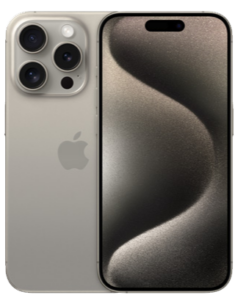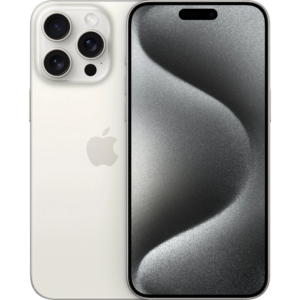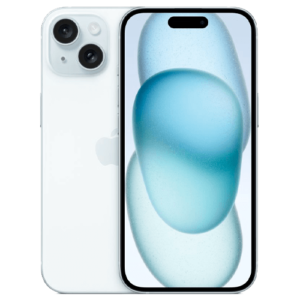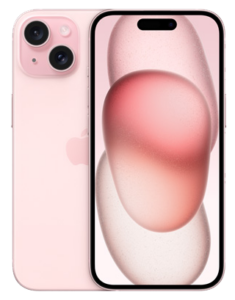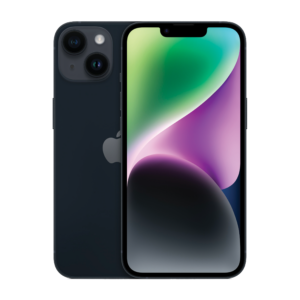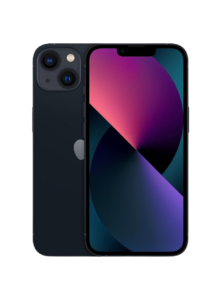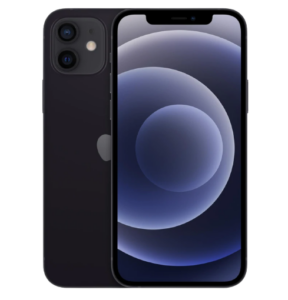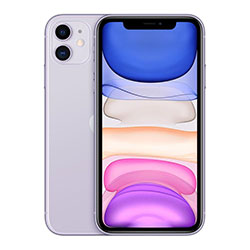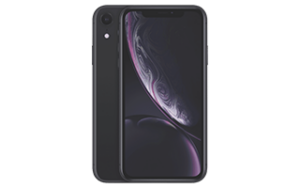USB-C the difference for yourself.
iPhone 15 Pro review: Harder, better, faster, stronger
Every year, Apple proclaims its new lineup to be “the best iPhone yet”, but at this point, it almost goes without saying—the newest iPhone should be the best. Still, is that really saying much when, each year, the changes become smaller and subtler than ever?
The iPhone 15 Pro doesn’t reinvent the wheel. It has the same display, the same cameras and the same battery as last year’s iPhone 14 Pro. The key changes (the new titanium frame, new A17 Pro chip, new USB-C port and new Action Button) aren’t the most groundbreaking in Apple’s history. But lack of major innovation aside, there’s no denying that the iPhone 15 Pro is an excellent phone. It is, after all, the best iPhone yet.
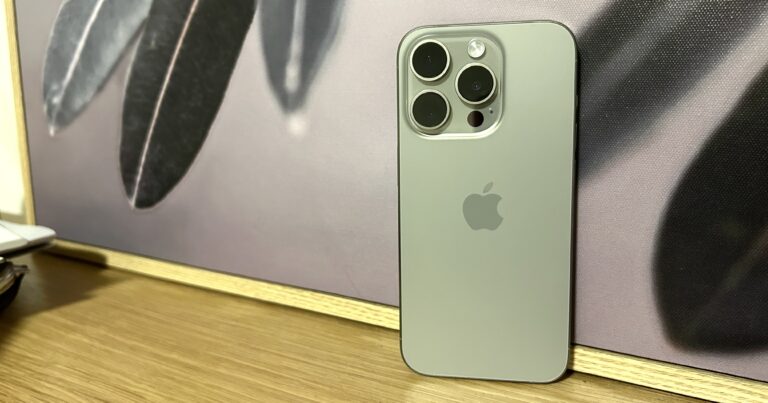
How much does the Apple iPhone 15 Pro cost in Australia?
The price of everything has gone up in the last year, and unfortunately, the 2023 iPhone lineup hasn’t escaped inflation’s grasp. Purchased outright, the iPhone 15 Pro will set you back $1,849 for the 128GB model (up $100 from its predecessor), $2,049 for 256GB (a $50 increase), $2,399 for 512GB (up $250) and finally $2,749 for the 1TB (an increase of $250).
For those who prefer to pay off their phone on a plan, here’s a breakdown of how much the 128GB iPhone 15 Pro will cost over 36 months on the cheapest plans from Telstra, Optus and Vodafone.
Apple iPhone 15 Pro: Design and display
As has been the case for a few years now, Apple hasn’t rewritten the script for the design of the iPhone 15 Pro (and the iPhone 15 lineup as a whole). That said, it has made a few subtle edits, none of which are particularly earth-shattering on their own but which do make a real difference on the whole.
First up, the material. Apple has toyed with titanium in the past, most notably in recent Apple Watch models but also over 20 years ago with the PowerBook G4. However, 2023 marks the first time that titanium has been used for an iPhone finish. Selected for its durability, the titanium iPhone 15 Pro is also lighter than last year’s 14 Pro by 19 grams. That might not sound significant, but it’s definitely noticeable, and in conjunction with its new contoured edges, it makes for a much more comfortable phone to hold.
Along with the new material come new colours, but compared to the iPhone 15 and 15 Plus’ rainbow of fun pastel options, the 15 Pro’s colour range is 50 shades of boring.
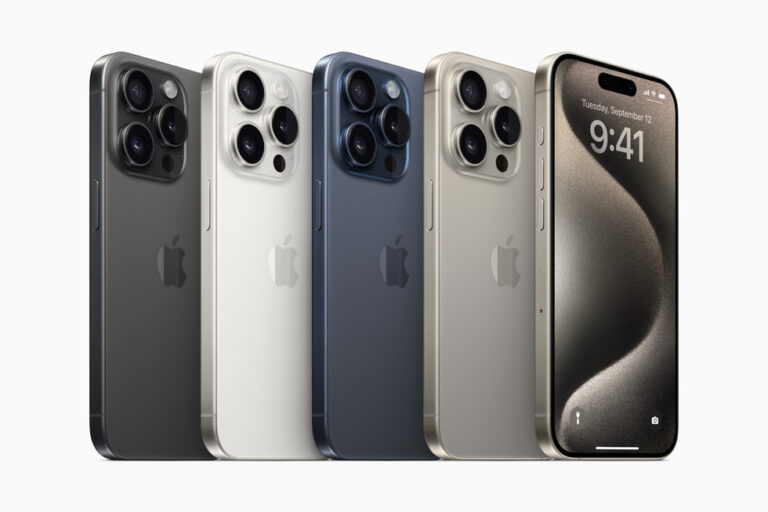
I get it—the iPhone 15 Pro and Pro Max are aimed at a more professional, advanced iPhone user. And, let’s face it, 90% of the time the phone will be in a case. Still, why Apple thinks there isn’t a market for a pink iPhone 15 Pro in the year of Barbiemania is lost on me.
There are no surprising new changes to the iPhone 15 Pro’s display, either. It’s the same size (though the bezels are slightly smaller), same resolution, same refresh rate (120Hz), same dynamic island, and same peak brightness. That said, we’re not really sure how Apple could improve on what was a pretty faultless setup to begin with.
The Action Button, on the other hand, really surprised me. It’s the kind of thing that seems so simple and so smart that you almost wonder why Apple hadn’t thought of it before. It’s programmable to do just about whatever you want, from silencing the phone exactly like its forebear to running a Shortcut like Shazam-ing that cool song you heard at the bar or turning off your smart lights. It’s a more-than-worthy replacement for the Ring/Silent switch.
Apple iPhone 15 Pro: Cameras
This year, for the first time ever, the Pro and the Pro Max are not built equal—at least, not in terms of their cameras. While the Pro Max benefits from a new telephoto lens that allows for 5x optical zoom and a 120mm focal length, the Pro is stuck with the same lens as last year, which is limited to 3x optical zoom and a 77mm focal length. Likewise, the Pro Max offers 25x digital zoom while the Pro can only manage 15x.
It’s an odd choice, given that historically, the only difference between the Pro and Pro Max has been size. However, the reasoning behind the choice is relatively simple—the larger chassis of the Pro Max simply means more internal room for its tetraprism (a fancy term for periscope) zoom lens. It’s also worth noting that many users may find the 3x optical zoom a more useful focal length than 5x, which is more suited for more distant subjects. Still, we’d love to see 5x optical zoom make its way to the Pro.
FOMO notwithstanding, the iPhone 15 Pro is still a mobile photography powerhouse. The triple-camera system is, on paper, the same as last year: 48MP main sensor, ultrawide, and 3x zoom lens. However, there are a few small differences. The 15 Pro’s lenses come with a new antireflective coating (designed to reduce lens flare) and you get a new default camera resolution (24MP instead of 12MP).
















Apple iPhone 15 Pro: Features and performance
As always, this year’s new Pro lineup brought with it a new chip. Dubbed “the biggest redesign in the history of Apple GPUs”, the new A17 Pro highlights Apple’s growing focus on mobile gaming performance. For the first time, it supports hardware-based ray tracing, something only introduced to PC graphics cards in 2018 and new-gen gaming consoles like the PlayStation 5 and Xbox Series S/X in 2020. As a result, the iPhone 15 Pro can run AAA games like Death Stranding, Resident Evil Village, Assassin’s Creed Mirage and more.
In practice, unless you’re running one of the few compatible games available so far, there isn’t a whole lot of noticeable difference between the performance of the iPhone 15 Pro and last year’s iPhone 14 Pro—they’re both blazingly fast. It’s not going to actually replace your console of choice, but still, it’s mind-boggling to think that a PlayStation 5 game can now run on something as small as an iPhone.
Though introduced out of necessity rather than choice, the move from Lightning to USB-C brings some much-needed versatility to the iPhone 15 Pro—including reverse charging. Yep, for the first time, iPhone users can use their device to charge their AirPods and other USB-C accessories (or even give their mates a quick top-up on the go).
Because the iPhone 15 Pro and Pro Max feature USB 3 transfer speeds of up to 10Gbps (as opposed to slower USB 2 on the base iPhone 15 and 15 Plus), it also allows content creators to take photos and record videos directly to an external storage device. That’s a huge win, considering a single minute of 4K ProRes footage clocks in at a whopping 6GB.
Battery-wise, the iPhone 15 Pro fares similarly to last year’s counterpart. I got an average of about 8 hours of screen time each day, which, though not as impressive as the 15 Plus and 15 Pro Max’s batteries, was more than enough to get me through the day.
Unfortunately, if you were hoping that the introduction of USB-C would result in faster charging time, you’re about to be disappointed. The iPhone 15 Pro can charge from empty to 50% in 30 minutes, reaching a full charge after around an hour and a half with a compatible 20W or higher charger. That’s not terrible, but it’s no improvement from last year, which is a shame considering many flagship Android phones can now fully charge in as little as an hour.
Is the Apple iPhone 15 Pro worth buying?
The iPhone 15 Pro is a fantastic phone. But then so was the iPhone 14 Pro, and the 13 Pro, and all Pros before it. Though the standout feature changes from year to year, we’re at a point where the answer to whether or not the iPhone [insert whatever model number here] Pro is a good phone is always “yes”. But the value proposition has shifted this year more so than any other year. With the asking price nearing the $2K mark for an entry-level Pro model, it’s harder and harder to say whether or not it’s worth buying. If you’re in need of an upgrade and have the cash to splash, then by all means, get the iPhone 15 Pro. For everyone else, well… only you know the answer to this question.
How does this compare to the latest iPhone?
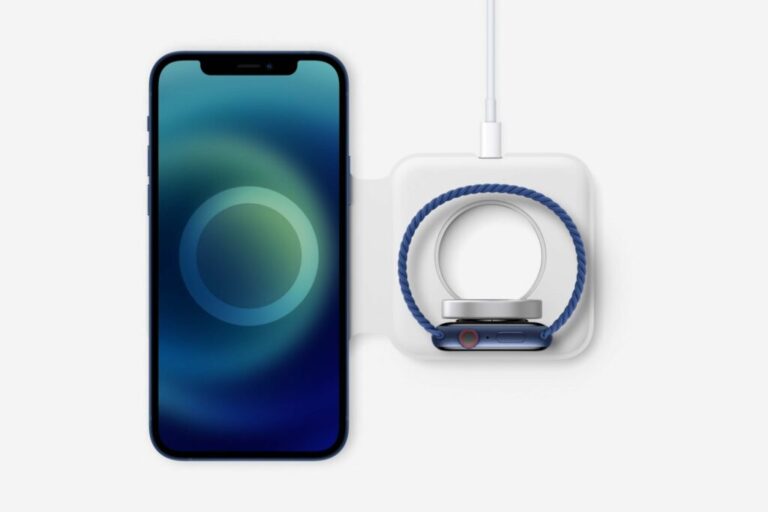
Need a charger to go with that iPhone?
Change up your charging setup with our guide to the best (and fastest) iPhone chargers you can find in Australia.
Apple iPhone 15 Pro FAQ
The iPhone 15 Pro is simply a more “pro” version of the iPhone 15. It boasts a more advanced triple-lens camera system instead of the base iPhone 15’s dual-lens setup, a faster, newer processor, faster USB-C transfer speeds, more storage options, and a titanium finish (as opposed to the iPhone 15’s aluminium frame).
In previous years, the only difference between the Pro and Pro Max has been size. This year, however, there is one key difference between the iPhone 15 Pro and the iPhone 15 Pro Max, and it has to do with the camera. The Pro Max features a new telephoto lens that allows for 5x optical zoom and a 120mm focal length, while the Pro has the same lens as last year, which offers 3x optical zoom and a 77mm focal length.
If you’ve seen JerryRigEverything’s viral video in which he shatters the iPhone 15 Pro Max’s glass back with relative ease, you might be wondering just how durable the iPhone 15 Pro and Pro Max’s titanium build actually is. Fortunately, that break has turned out to be rather difficult to recreate. In fact, third party testing by Consumer Reports found the iPhone 15 Pro Max was able to withstand 50kg of pressure in a bending test, along with 100 drops with no resulting cracks.
Related Articles





